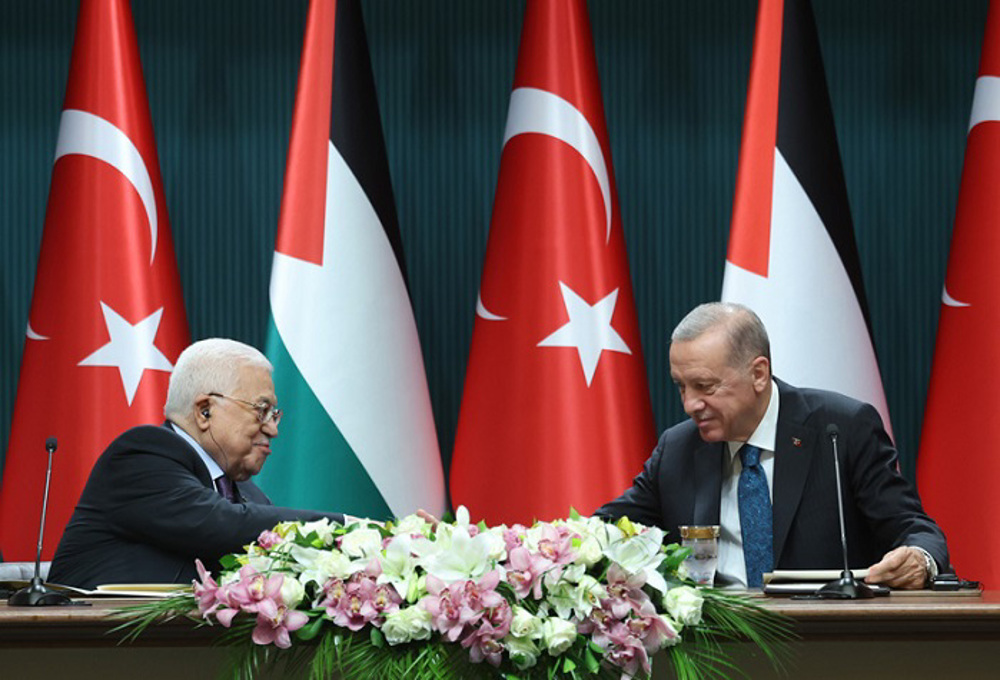A must-read: When US, Daesh teamed up
US officials say Washington is considering to greatly increase the number of its special operations forces deployed to Syria, the Reuters news agency reports.
The US, they say, looks to “accelerate recent gains” against Daesh but Hillary Clinton's leaked emails last month revealed that the United States plotted to topple the Syrian government even before the group existed.
For their new plan, the officials declined to disclose the exact increase under consideration but one of them said it would leave the US special operations contingent many times larger than “the around 50 troops” currently in Syria.
The proposal is among the military options being prepared for President Barack Obama, who is also weighing an increase in the number of American troops in Iraq, Reuters said on Friday.
Daesh controls the cities of Mosul in Iraq and Raqqah in Syria, but the Takfiri group has been on a losing streak lately as government forces in both the Arab countries have been making their biggest advances in recent years.
Curiously enough, the US is committing more boots on the ground as the Iraqi army is closing in on Mosul and Syrian forces are shifting their attention to Raqqah after liberating Palmyra, Shaddadah and other towns.
The new plan is being peddled as a sign of “growing confidence in the ability of US-backed forces inside Syria and Iraq to claw back territory” from Daesh but US officials don’t say why they didn’t send troops when Takfiri terrorists were overrunning cities one after another.
Salafist principality
Just to set the record straight, let's mention a US intelligence report from August 2012, which stated that "the possibility of establishing a declared or undeclared Salafist principality in eastern Syria" was "exactly what the supporting powers to the opposition want, in order to isolate the Syrian regime.”
Fighting Daesh has now become a byword but those “supporting powers to the opposition” rooting for a “Salafist principality” in Syria were in fact Saudi Arabia, Qatar, the UAE, Turkey, and their Western allies which allege to be bombing terrorists in the region under a US-led coalition.
Clinton email leaks and media blackout
Last month, Hillary Clinton's leaked emails revealed that the US State Department, Google, and Qatar’s Al Jazeera media network collaborated in supporting Syrian “rebels” to bring down the Assad government.
WikiLeaks published and indexed thousands of Clinton's personal emails, some revealing interesting details about the relationship between the State Department and major corporations.
Western media largely ignored the story, with Britain’s The Independent and Daily Mail being the only few mainstream sites which covered it.
According to WikiLeaks’ archive of Clinton’s emails, Google developed an interactive online tool called Google Ideas to encourage defections in Syria.
Al Jazeera, which funded and owned the tracker, published it in English and Arabic.
Clinton was informed of the plan in a July 25, 2012 email sent to her deputy Jacob J. Sullivan by the founder and director of Google Ideas, Jared Cohen.
“Please keep close hold, but my team is planning to launch a tool on Sunday that will publicly track and map the defections in Syria and which parts of the government they are coming from,” Cohen wrote in the email.
Sullivan forwarded the email onto Clinton, adding, “This is a pretty cool idea.” Clinton, in turn, sent it to an assistant with instructions for the email to be printed.
An internal analysis by Google called it “one of the most viewed visualizations on their site” and the tool later won an Online Media Award for the Doha-based Al Jazeera.
Google, social networks and colonialism
Google Ideas is a think tank which maintains close ties to the State Department, according to WikiLeaks founder Julian Assange in his 2014 book “When Google Met WikiLeaks.”
In his book, Assange describes the special relationship between Google, Hillary Clinton and the State Department and what that means for the future of the internet.
Before leading Google Ideas, Cohen served at the State Department from 2006 to 2010 under Secretaries of State Clinton and Condoleezza Rice who famously spoke of "creative chaos" and the "birth pangs of a new Middle East."
According to Assange, “it was Cohen who, while he was still at the Department of State, was said to have emailed Twitter CEO Jack Dorsey to delay scheduled maintenance in order to assist the aborted 2009 uprising in Iran.”
Cohen reportedly co-wrote a policy piece, praising the potential of Silicon Valley technologies as an instrument of US foreign policy.
“Democratic states that have built coalitions of their militaries have the capacity to do the same with their connection technologies,” the piece read.
Shortly afterwards, the Middle East erupted in unrest in what was branded as “Twitter revolutions” by Western news media to rationalize uprisings against US-backed dictatorships.
US plans to topple Assad
According to Assange, the US government is working on the fall of President Bashar al-Assad since 2006.
The “depopulation of Syria” is part of the concept for the overthrow of Assad, and Europe’s strategy of open borders plays to the US interests in the hands, he has said in an interview with the Greek news portal The Press Project.
“Because of the war, especially the middle class leaves -- doctors, civil servants, lawyers, engineers, precisely those professional groups that you need to keep a country at all functional,” he said.
Oil collapse and Saudi connection
The war in Syria serves, among other things, to keep the oil price down. Saudi Arabia has been behind the oil collapse by flooding the market.
According to Pulitzer-prize winning investigative journalist Seymour Hersh, following the US invasion of Iraq, Saudi Arabia persuaded Washington to crack down on Iran and its allies in the region, most notably Syria.
“The Saudis have considerable financial means, and have deep relations with the Muslim Brotherhood and the Salafis,” Hersh wrote in his article for The New Yorker in 2007.
US, Salafists teamed up
In August 2012, the US Defense Intelligence Agency (DIA) shed some light on who exactly was behind the Syria unrest: Salafists, the Muslim Brotherhood and al-Qaeda in Iraq.
“Internally, events are taking a clear sectarian direction. The Salafists, the Muslim Brotherhood and AQI (al-Qaeda in Iraq) are the major forces driving the insurgency in Syria… AQI supported the Syrian opposition from the beginning, both ideologically and through the media” the DIA report read.
In 2015, former DIA head Michael Flynn confirmed in an interview with Al Jazeera that it was a “willful decision” of the Obama administration to team up with Salafists and al-Qaeda in Syria back in 2012.
“I don’t know that they turned a blind eye, I think it was a decision. I think it was a willful decision,” Flynn said.
Iran Navy takes delivery of first advanced ‘signals-intelligence’ destroyer
Italian TV exposes Israeli manipulation of EU institutions
UK anti-corruption minister Siddiq resigns over links to Bangladesh ‘embezzlement probe’
VIDEO | Indian-administered Kashmir honors Imam Ali’s legacy of justice, leadership
Israel kills female Palestinian journalist based in Gaza’s Indonesian Hospital
US lawmakers demand answers from Biden on Israeli killing of Turkish-American activist
Araghchi: Iran never left negotiation table as its nuclear program ‘peaceful’
Jan. 14: ‘Axis of Resistance’ operations against Israeli occupation










 This makes it easy to access the Press TV website
This makes it easy to access the Press TV website